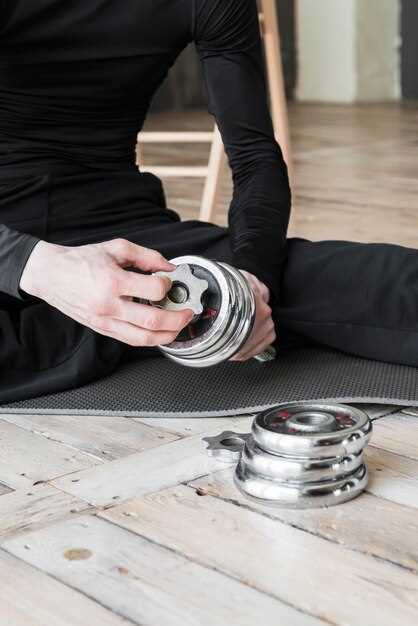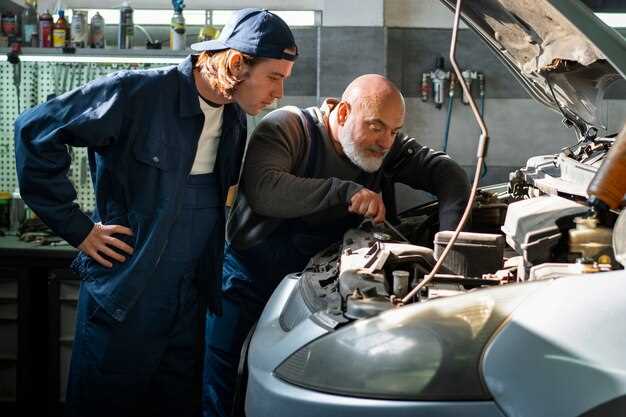
The process of tuning an engine involves adjusting its parameters to optimize performance, fuel efficiency, and overall responsiveness. While many enthusiasts turn to tuning in pursuit of increased horsepower and torque, it is essential to consider the long-term effects of these modifications on engine lifespan. Tuning can significantly alter the operating conditions, leading to various forms of wear on critical engine components.
One of the primary elements affected by tuning is the Engine Control Unit (ECU). This sophisticated computer is responsible for managing the engine’s performance by making real-time adjustments to fuel injection, ignition timing, and air-fuel ratios. When parameters are modified, it can result in increased pressure and temperature within the engine. Such conditions expedite wear on components such as pistons, bearings, and valves, potentially reducing longevity.
Balancing the pursuit of enhanced performance with the necessity of maintaining engine health is crucial. Proper tuning must consider the materials and specifications of each engine, as well as the longevity of components under modified conditions. Understanding the interplay between tuning, wear, and performance is essential for anyone looking to extend engine lifespan while achieving the desired performance metrics.
Understanding Wear Patterns in Tuned Engines
Tuning an engine involves modifying its components and calibrations to enhance performance. While this can result in increased horsepower and torque, it also affects the wear patterns within the engine. Recognizing these wear patterns is crucial for maintaining engine longevity and performance.
One of the primary impacts of tuning is the increase in operating temperatures. Tuned engines often run leaner mixtures or boost pressure beyond OEM specifications. This can lead to accelerated wear in critical areas such as piston rings, cylinder walls, and valves. Over time, the higher temperatures can cause thermal fatigue, resulting in cracks or warping of engine components.
Increased power output not only raises temperatures but also subjects engine parts to heightened stress. For instance, tuned engines frequently experience excessive wear on bearings and connecting rods due to the amplified forces during operation. Monitoring these components is essential to detect signs of premature failure.
Additionally, lubrication plays a vital role in mitigating wear. Tuning often necessitates a reevaluation of the oil type and viscosity used. Synthetic oils may provide better protection under the stress of a tuned setup. Without adequate lubrication, wear increases significantly, leading to potential engine damage.
Understanding the wear patterns in tuned engines involves analyzing both the physical changes in components and the operational parameters. Regular inspections and oil analyses can reveal critical information about the state of wear. Correctly interpreting these patterns aids in making informed decisions regarding maintenance and further tuning adjustments.
In summary, tuning can lead to unique wear patterns that highlight the importance of careful monitoring and maintenance. Recognizing the signs of wear and understanding the stresses placed on an engine can help enthusiasts optimize performance while preserving engine life.
How ECU Tuning Affects Engine Efficiency and Longevity

ECU tuning, which involves modifying the engine control unit’s parameters, can significantly enhance engine efficiency. By optimizing fuel maps, ignition timing, and boost levels, ECU tuning allows for improved combustion processes. This optimization can lead to better power output per unit of fuel consumed, effectively increasing fuel efficiency. However, these adjustments must be approached with caution to prevent excessive wear on engine components.
Over-tuning an ECU can push the engine beyond its design limits. Higher power outputs can result in increased stress on engine parts such as pistons, bearings, and camshafts. This extra strain may accelerate wear and tear, ultimately shortening the engine’s lifespan. Properly tuned engines strike a balance between performance and longevity, ensuring that the enhancements do not compromise engine integrity.
In addition, ECU tuning can improve overall efficiency through better throttle response and reduced lag, making the driving experience more enjoyable. When an engine operates within its optimal range, it not only consumes fuel more efficiently but also produces fewer emissions, contributing to environmental sustainability. These benefits highlight the importance of carefully calibrated tuning that considers both performance gains and wear factors.
In conclusion, while ECU tuning can greatly boost engine efficiency and performance, it is essential to implement it within safe operational parameters. A well-tuned engine can achieve remarkable efficiency without compromising its longevity, ensuring that drivers can enjoy enhanced performance while minimizing the risk of premature wear.
Assessing the Risks of Performance Modifications on Engine Durability

Performance tuning can significantly enhance an engine’s output and responsiveness. However, modifications intended to increase performance often come with a trade-off that can affect the engine’s long-term durability. Understanding the relationship between tuning and wear is essential for vehicle owners and enthusiasts alike.
Increased Power and Strain
When an engine is tuned for higher performance, it typically operates at increased power levels. This enhancement can lead to greater stress on engine components, including pistons, bearings, and valves. As a result, these parts may experience accelerated wear, reducing their lifespan. Understanding the limits of the engine’s design is crucial when considering performance modifications.
Heat Generation and Cooling System
Higher performance often leads to increased heat generation within the engine. If not properly managed, this excess heat can damage critical components and reduce lubrication effectiveness. Performance modifications may require upgrading the cooling system to combat elevated temperatures and prevent premature wear on vital engine parts.
Fuel Quality and Combustion Efficiency
Many tuning processes involve altering air-fuel ratios to maximize power output. This can affect combustion efficiency and might necessitate the use of higher-quality fuels. Poor fuel quality can lead to incomplete combustion, resulting in residues that increase wear on cylinder walls and piston rings, which can ultimately impact engine durability.
Potential for Knock and Detonation
Performance modifications can also increase the risk of engine knock or detonation, which can severely damage engine internals. This phenomenon occurs when fuel detonates prematurely in the combustion chamber, creating shock waves that stress engine components. Proper tuning must take into account the fuel characteristics and engine tolerances to minimize this risk and promote longevity.
Conclusion
While performance modifications can be appealing for enhancing driving dynamics, it is essential to assess the potential risks they pose to engine durability. Careful consideration of tuning effects on wear, heat management, fuel quality, and combustion stability is critical in ensuring that the engine remains reliable over time. Balancing performance gains with the necessity of durability will ultimately determine the longevity of the engine.












